Abstract State of Mind: Seeing Beyond the Literal in Landscape Photos
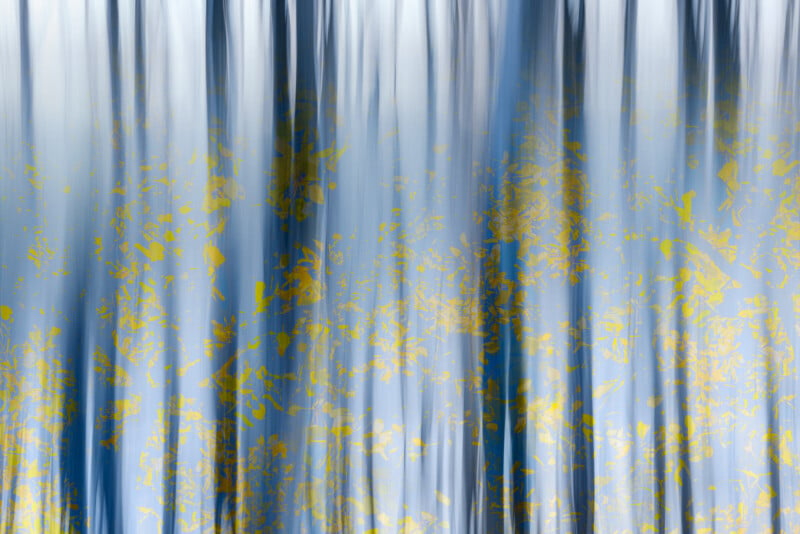
In traditional landscape photography, context is important in visual storytelling, especially in grand scenic images. Context helps anchor a scene by including foreground, midground, and background (i.e., the sky).
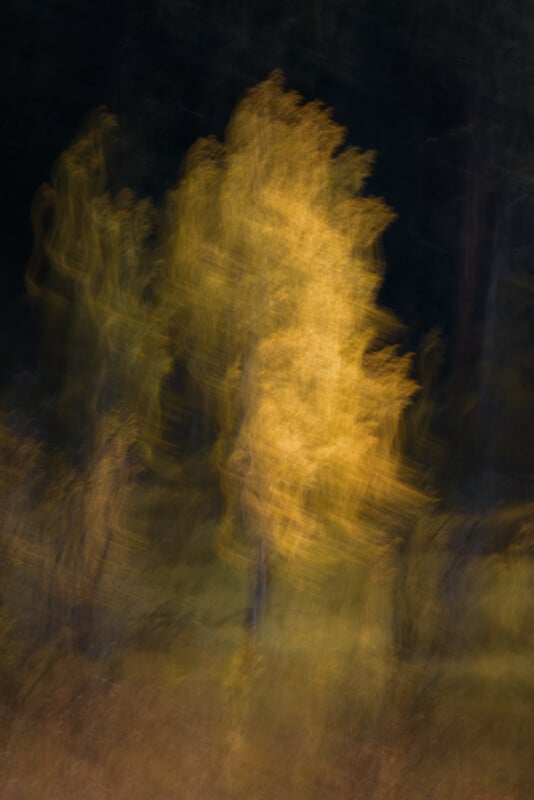
Defining abstract photography can be challenging. One definition may include images created using photography materials and equipment that are not immediately associated with the object world.
In his online book Photographic Psychology: Image and Psyche, photographer and psychology professor John Suler proposes an alternate and perhaps broader definition. He states, “An abstract photograph draws away from that which is realistic or literal. It draws away from natural appearances and recognizable subjects in the actual world. Some say it departs from true meaning, existence, and reality. It stands apart from the concrete whole with its purpose instead depending on conceptual meaning and intrinsic form …”
This leads to a common question: How do I know if my image is abstract?
Again, John Suler offers a litmus test: “If you look at a photo and there’s a voice inside you that says ‘What is it?’ … Well, there you go. It’s an abstract photograph.”
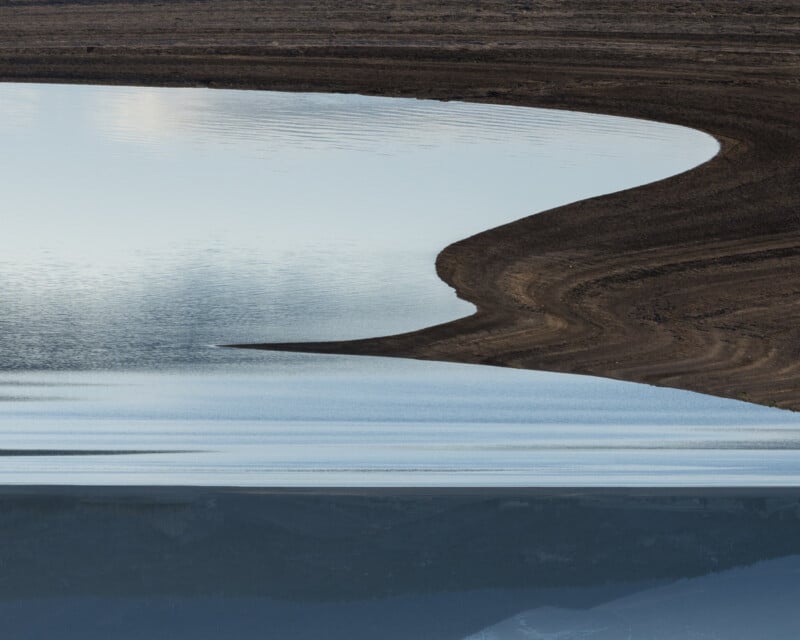
Often there is a healthy debate about what is or is not an abstract image. I recognize that there is a broad spectrum for what is considered abstract photography, and others may have a much narrower definition. We can agree that abstract images can involve using form, color, texture, and motion to convey a feeling, sensation, or impression. The impact of abstract photography is mystery, and it keeps the audience guessing what was photographed.
Natural abstract examples include small scenes showcasing patterns, form, and texture, such as ice, mud tiles, water reflections, sand dunes, and colorful sections of geological formations. Once you slow down, you will notice potential abstracts all around you.
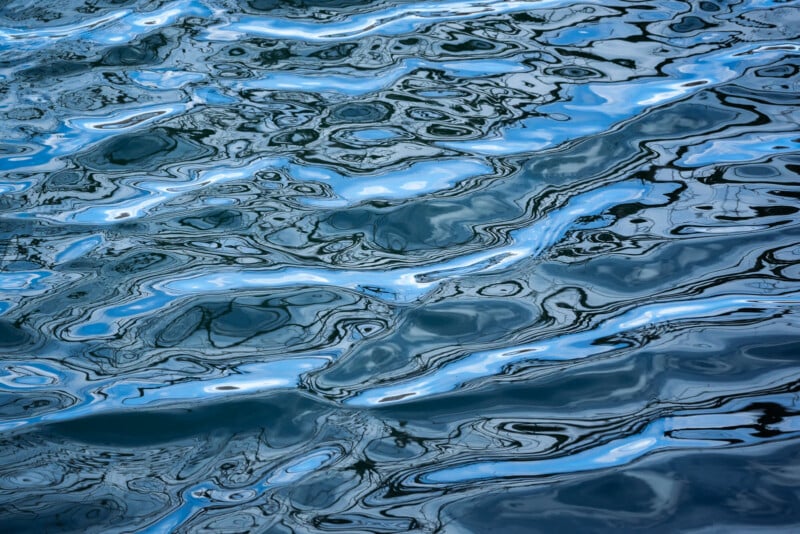
Luminous. Rhythmic. Painterly. Those were some kind words a friend used to describe this water abstract image that I photographed in 2022. Trees stretched their arms over the water as if trying to take a sip. Clouds moved quietly overhead, pushed along by the wind. The same wind that disturbed the water’s surface helped create some wonderful abstract shapes.
Non-natural abstracts include experimental techniques like Intentional Camera Movement (ICM), multi-exposure, multi-exposure/ICM blends, soft focus, and other conceptual techniques. The only limit is your imagination and creativity.
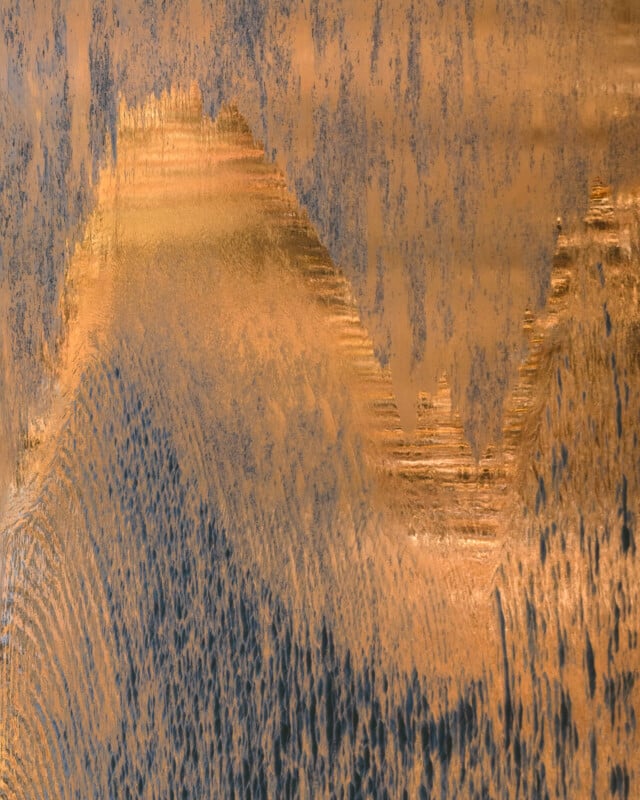
Abstract images generally share these primary characteristics: form, color, texture, and motion.
Form: A good abstract photograph has a clear structural design. This is accomplished through form, an element of art. Form includes lines, shapes, patterns, and light, which all play an important role in creating illusions of depth and perspective.
Color: Color plays a significant role in abstract photography. Abstract images use color to engage the viewer and to help evoke emotion or express a story. Bold and vibrant colors can emphasize parts of an image to draw attention to the form and visual design. Quiet and softer colors can elicit feelings of calmness. There is no right or wrong color in abstract photography; the right color is what the artist intended.
Texture: Texture is found throughout nature, another key element in abstract photography. Texture helps the viewer “feel” what is in the image. For example, consider the impact of rock, sand, and tree bark and how texture helps connect the viewer to the image.
Motion: Using motion is another excellent visual design element to help simplify an image and eliminate distractions. Motion can be applied using your camera to push a scene further into abstraction. Complex and busy elements transition into shapes, colors, and light and dark values. You can transform ordinary things into ethereal ones by bringing new elements into the image. Using motion in abstract photography can help to create expressive images by opening up endless creative possibilities.
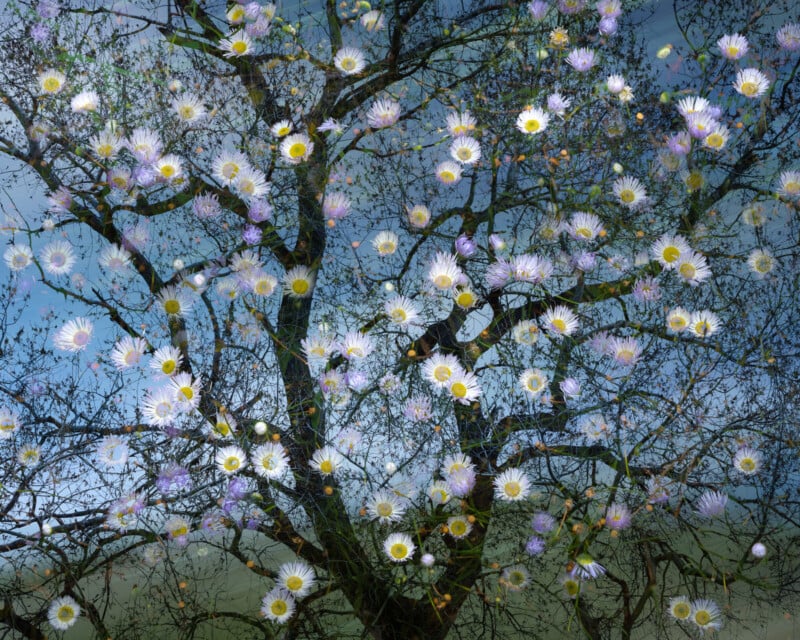
Now that you know what abstract photography is and its primary characteristics, why would you want to photograph abstract images? Abstract photography opens a door. On one side is the literal world. We record photographs of things. On the other side is an invisible world filled with potential mystery and impressions. We record photographs about things. The image will not be literal, so the subject comes second to actually seeing. The story or message behind an abstract image is not the actual image itself.
There is often no clear-cut definition of what the object could be, leaving a great element of mystery surrounding the subject. What is it that I am looking at? Abstract photography allows us to engage the viewer, prompt questions, dig deeper, and build connections.
Abstract images can serve as a mirror, not of the literal subject, but of you, the photographer. What made you stop and observe dancing light reflecting in the stream? What about the colors in the rocks or the graphic lines in the dunes that spoke to you? Why did you make those trees feel more alive and expressive using motion?
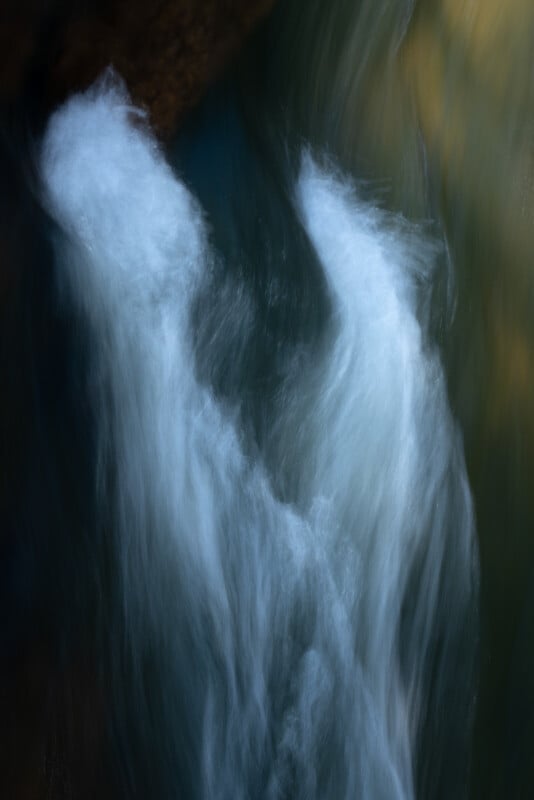
Abstract photography is also about being amazed by the wonderful artist that Nature is. It is about transforming the camera from a purely mechanical tool to a paintbrush that you, the artist, can use to express yourself. Enjoy the experience of connecting with the subject and creating the image.
On the practical side, photographing abstracts in nature can be done with any lens or camera combination. For my abstract work, I use longer focal lengths to isolate a smaller scene section. My go-to lenses include the 24-105mm and 100-400mm. I have occasionally used wider lenses, such as a prime 18mm lens. This allows me to get close to a subject and offers a unique perspective that appears like a drone captured the image. Drones are another excellent option for photographing from a unique perspective and creating compelling aerial abstracts.
Other lenses you may consider for photographing abstracts include macro and tilt-shift lenses. A macro lens is ideal for picking out close-up details when focusing on textures and patterns. Tilt-shift lenses are specialized lenses. A tilt-shift lens is a lens in which the optics can be tilted and/or shifted in relation to the image sensor. The tilt feature, in particular, helps change the focal plane to create an image in focus from the front to the back. This can be useful for photographing scenes like water abstracts with a longer focal length. The issue with using a longer focal length is a narrower depth of field. Using the tilt feature of the lens can extend the focal plane creating a sharper image from front to back.
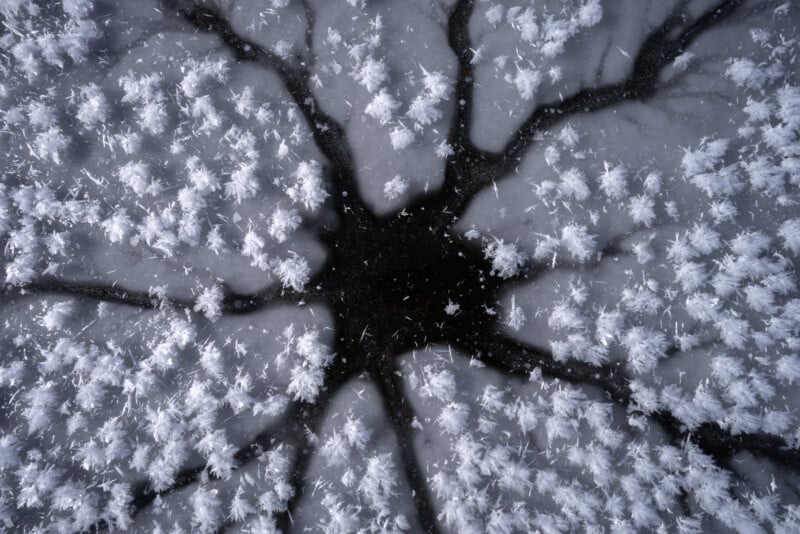
Focus stacking may sometimes be required to capture the entire image in focus. This is common when zooming into a scene’s detailed section, such as ice or rock formations. One tip I use when focus stacking in the field is to focus on the scene’s center and record the shot. Then repeat for each of the four corners. This helps ensure that the focus stacking process (combining the images) will be successful.
I often use a tripod for my work, but it is not required. In many cases, not using a tripod can unleash even more spontaneity and creativity. One recommendation is to put the tripod away at first. Study the scene and see what catches your attention. Trust your intuition; when ready, you can refine your composition with the tripod.
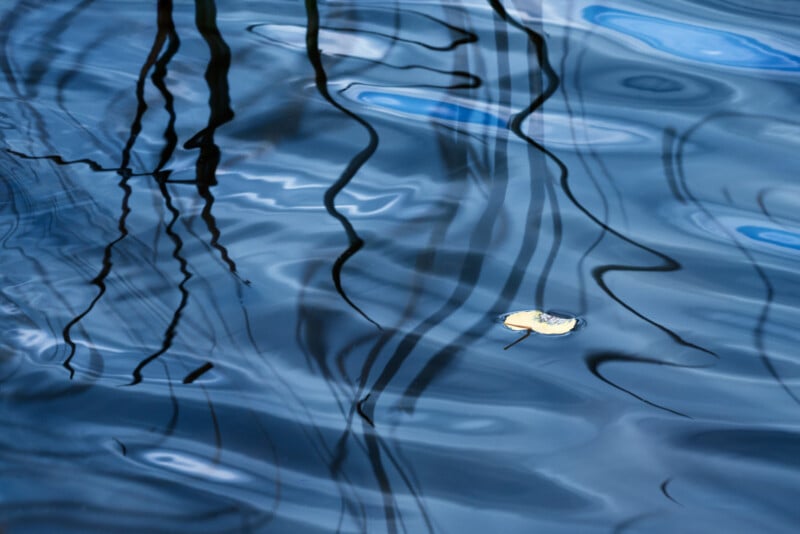
In July 2022, Nature Photographers Network (NPN) created a new Abstract Nature category for abstract nature images. The category got off to a great start and has shown continuous activity and participation since then. Many fantastic images have been posted that include excellent use of form, color, texture, and motion. I am proud to be the group moderator and get to see and provide input to some truly captivating images every week. It is a challenge to craft a composition that showcases hidden beauty or engages the viewer, and an accomplishment when you succeed.
I have here included a small sample of fine abstract images that engaged my eye and imagination and prompted me to look deeper:
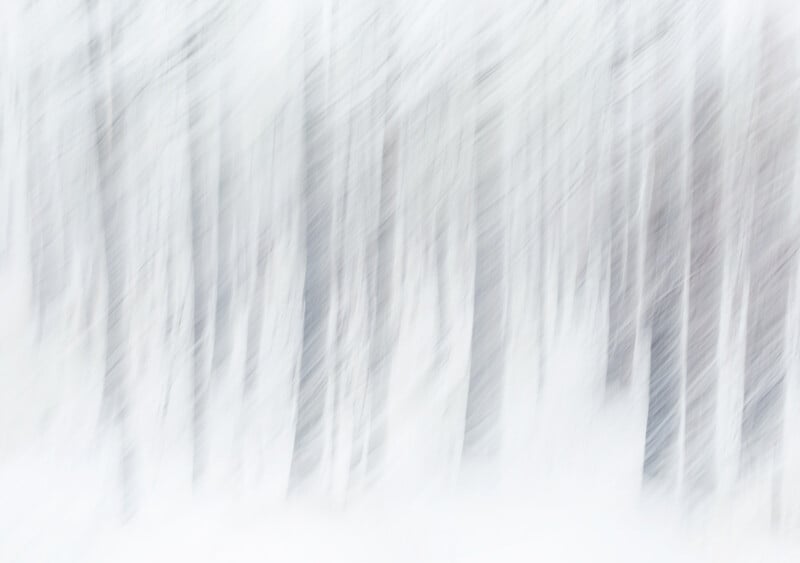
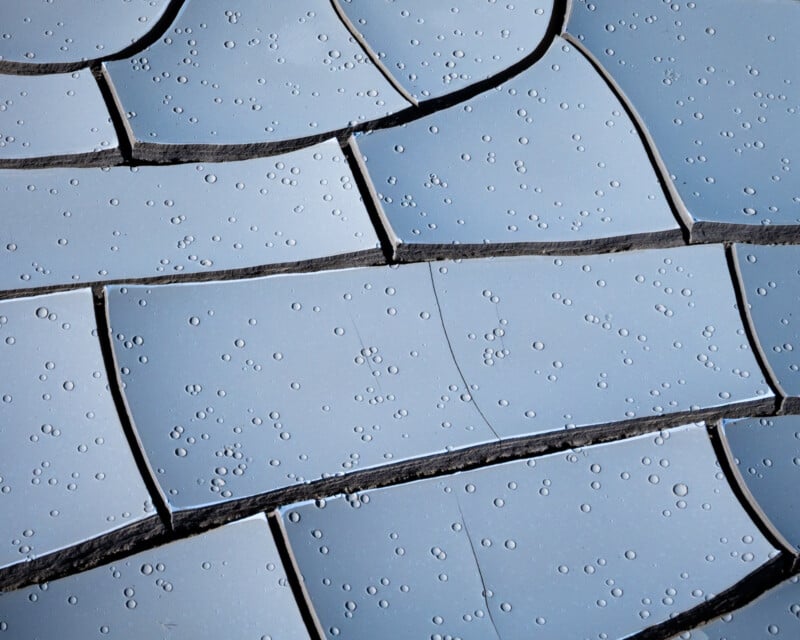
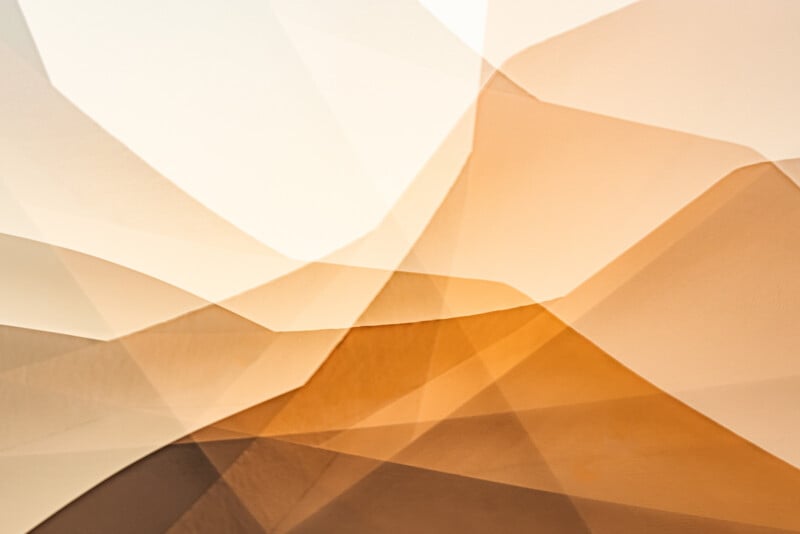
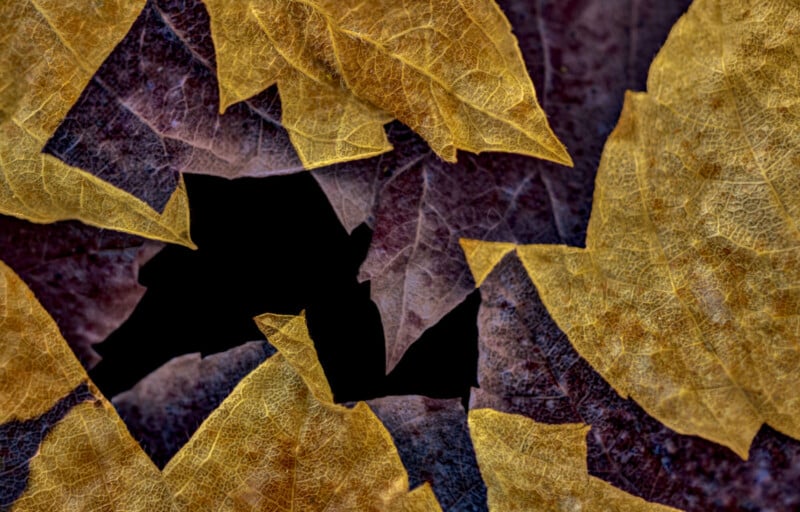
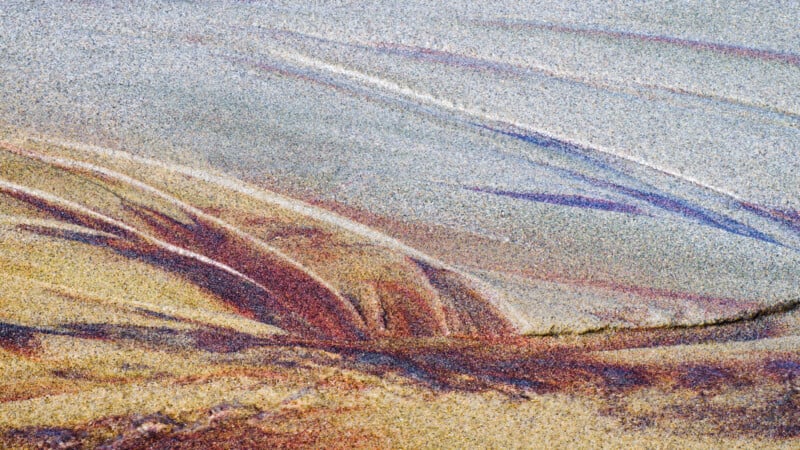
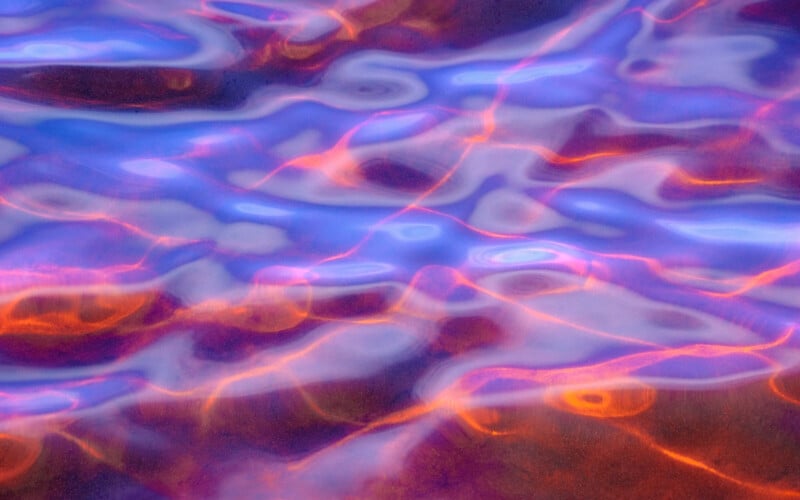
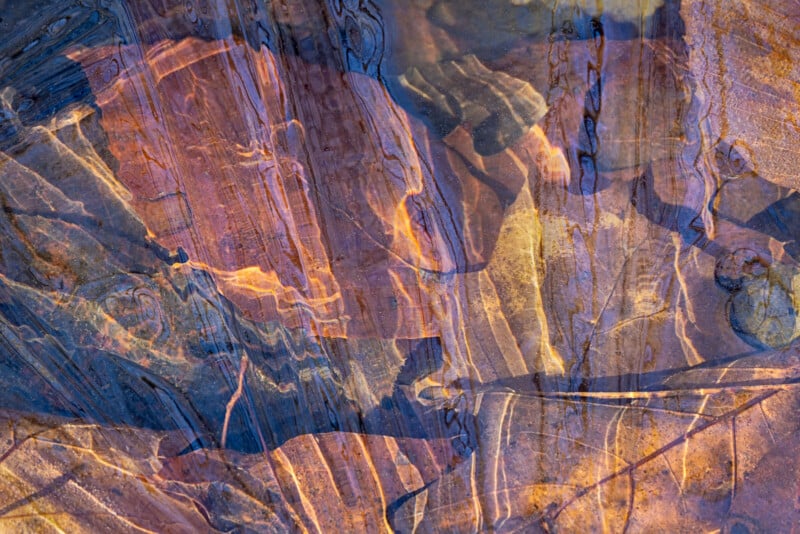
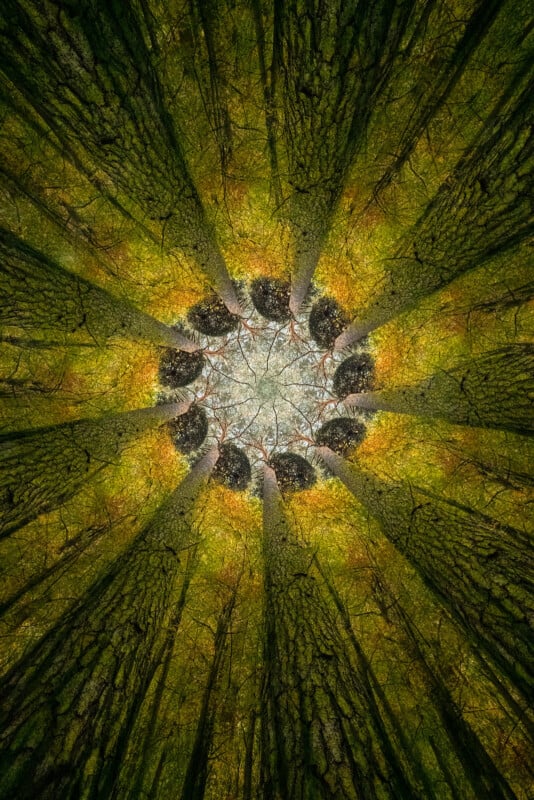
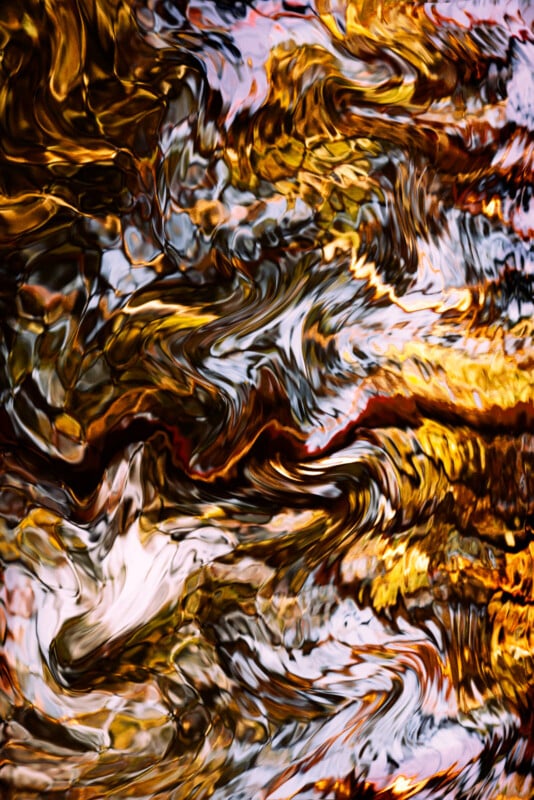
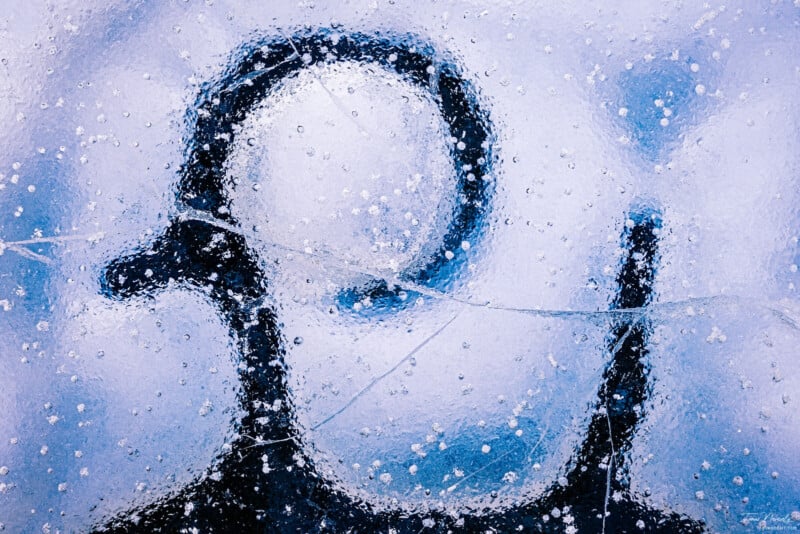
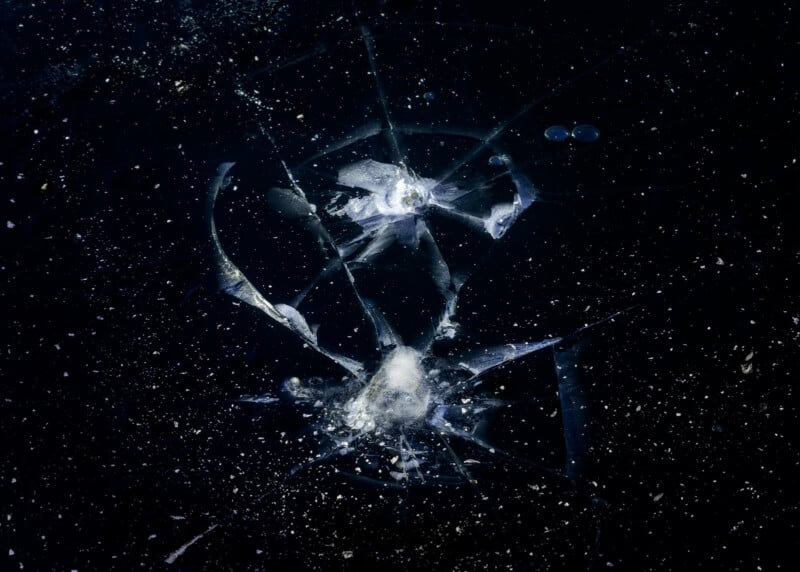
I hope you enjoyed this article and learned about abstract photography and what elements to look for the next time you are out in nature. Keep your eye out for interesting shapes, patterns, and colors. Remember to fill your composition with form and exclude any distractions. Change your perspective by looking at your subject from different angles. Flip your images in the editing phase. Be playful and experiment. Think about the story or emotion you are trying to convey with your images.
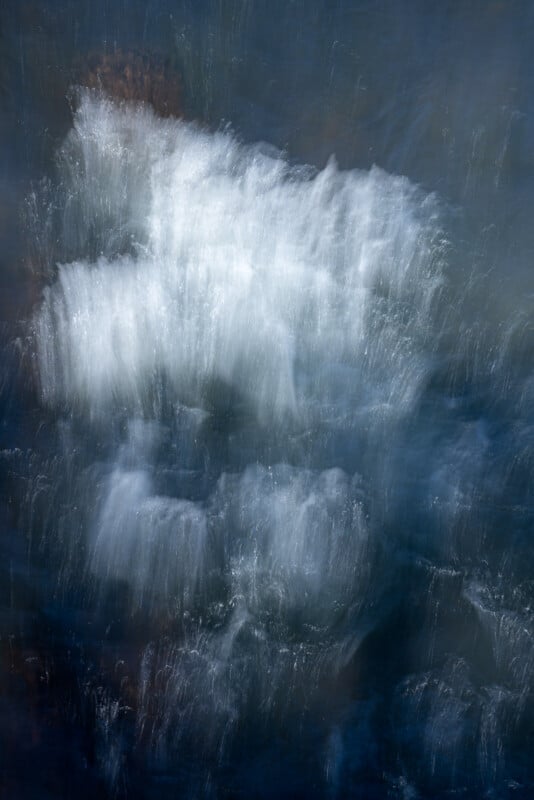
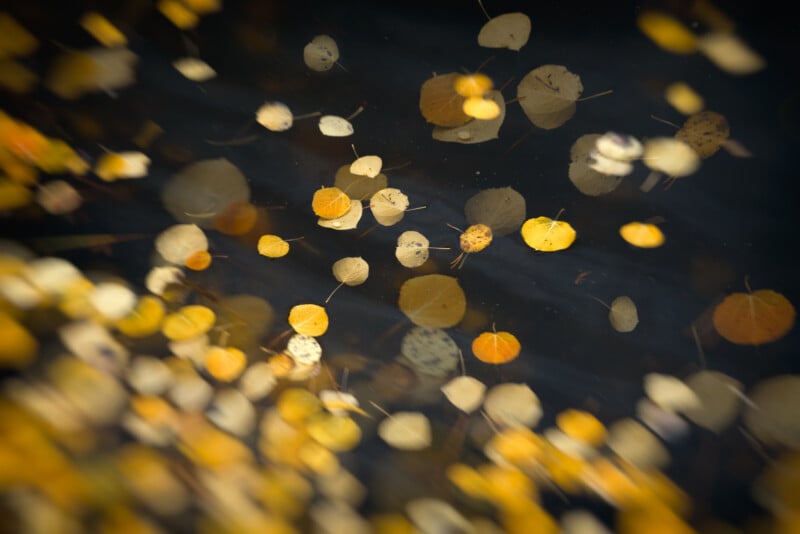
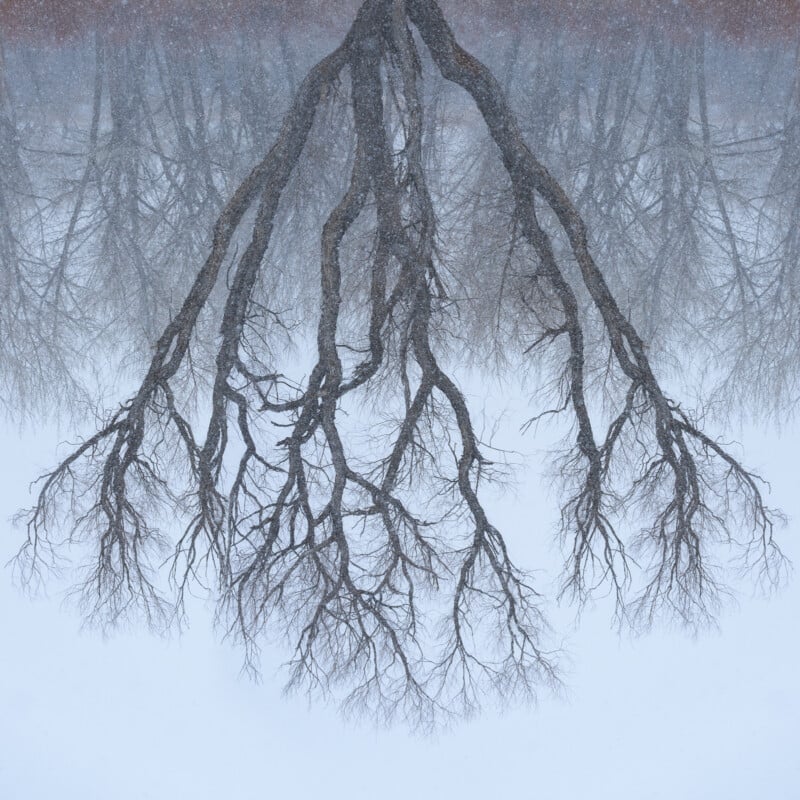
If you have a more literal eye and need help looking past what a subject is at face value, I encourage you to see the landscape as a combination of form, shapes, patterns, and color. You will start abstractly seeing the world beyond the realistic or literal with practice. Engage your imagination, trust your curiosity, and enjoy the discovery process. Embrace an abstract state of mind. Before long, you will see beyond the literal and create work that I call mindscapes.
This article first appeared in Nature Vision Magazine. Nature Vision Magazine is a captivating publication that fuels your passion for nature photography. With thought-provoking articles, diverse perspectives, and stunning visuals, it explores the enchanting world of abstracts, wildlife, landscapes, and more. Delivered as a downloadable PDF, it offers flexibility and convenience for immersive exploration. Let Nature Vision Magazine be your guide as you embark on a journey of inspiration, growth, and creative expression in the realm of nature photography.
Subscribe to Nature Vision Magazine or purchase a single issue here.
About the author: Alfredo Mora is a landscape photographer from Colorado who focuses on photographing intimate landscapes and connecting with nature through the experience of discovery. The opinions expressed in this article are solely those of the author. Alfredo uses an explore-driven approach to creating expressive images. He slows down, observes, and is guided by curiosity and instinct to piece together visual design elements in a cohesive way and to prompt questions from the viewer. Alfredo also embraces experimentation in his imagery to reveal a bit of himself and how he sees and connects with the natural world.